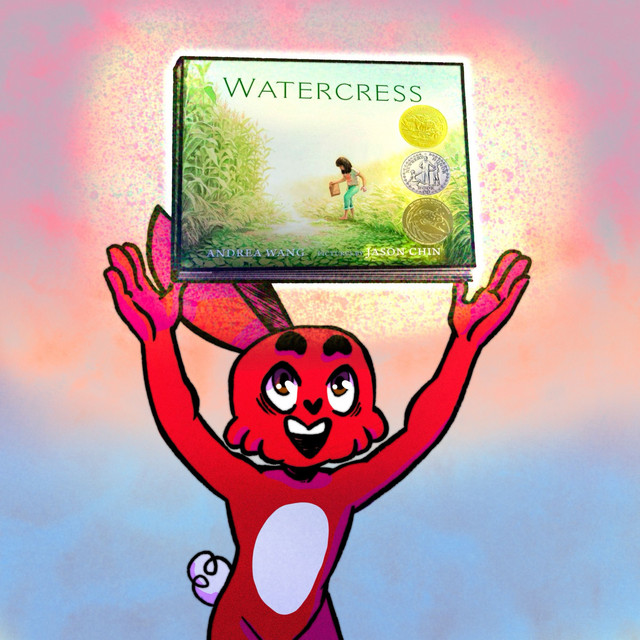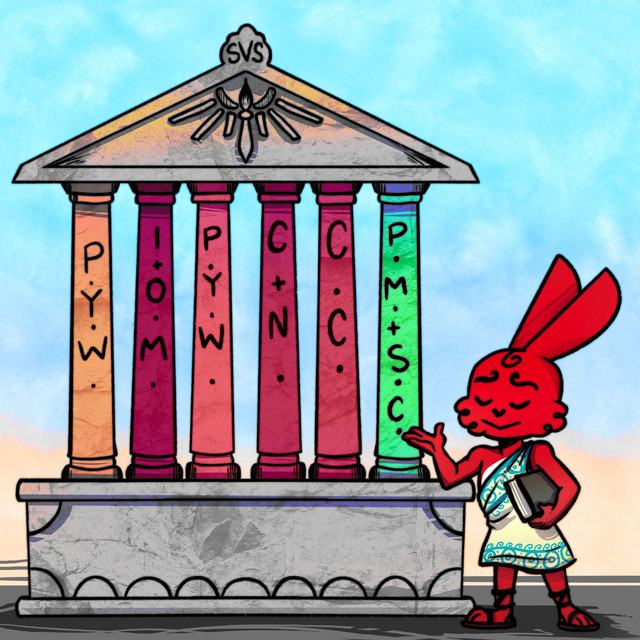
Robert asks, “When is a good time to open a Patreon? What are some basic requirements?”
Successful Patreon has two camps: those with massive, pre-existing fanbases and those offering services.
If you have a large audience, it only takes a fraction of those people supporting you to give you a comfortable monthly check.
If you aren’t starting out with a big following, you can attract patrons by offering instructional content such as process videos, how-tos, even complete art curriculums.
It’s tempting to build your Patreon around a specific project, asking patrons to support your latest print collection or self-published book. However, it’s best used as a tool to support you as an artist rather than one particular project. All projects come to an end, but you’ll be creating forever. Allow your audience to support your journey and offer them valuable content in return.
Doogie Horner asks, “I’ve been drawing on an iPad for almost four years, but I still feel like I draw better by hand than digitally. But why? Shouldn’t it be the same? Will I ever be as good on the iPad as I am on paper?”
Traditional drawing is a different experience: the grit of the paper, the friction of your tools, even your mindset while drawing impact the quality of your work. There’s often a steep learning curve with digital tools, but the more you use them, the more natural it will feel. Some newer digital drawing tools offer grittier screen texture that more closely resembles paper, which can make drawing easier.
Something to consider is your drawing environment. Because it’s so easy to take with you anywhere, many people use their iPads to draw on the train, in doctors’ offices, or on the couch. There’s nothing wrong with this, but it might affect the seriousness with which you take your work, leading you to be a bit more relaxed. If most of your physical drawing is at a table or in your studio, try doing your digital work there as well and see if it’s easier to reproduce the same quality.
Neha asks, “After spending the last 3 years illustrating books by other authors, I finally created my own dummy and received an offer from a publisher for my debut picture book! The publication is targeted for 2026, and I want to use my time until then wisely to promote myself and my book. Any advice on steps I can take to help get a buzz going when the time is right would be greatly appreciated.”
Congratulations on this big personal victory! We’re excited for your new book to enter the world!
School visits are a great way to promote children’s books. You should also grow your email list, because while you may have a large social media following, you’re at the mercy of an ever-changing algorithm. Create emails that add value to the market you’re selling to: parents, teachers, and librarians. You could write children’s book reviews from your unique perspective (e.g. as a woman or a millennial, etc.) and end each email with a reminder of your new book coming soon. That consistent exposure will help you make more sales when your book becomes available.
Robert asks, “What’s the story behind the SVS rabbit?”
Years ago, Jake and Will wanted to create a conference similar to SCBWI, pooling many of the talented writers and illustrators living in Utah at the time. While that conference never came to be, the logo Jake designed for it was the perfect fit when SVSLearn was born!







Get the guidance you need on the path to becoming a better illustrator.